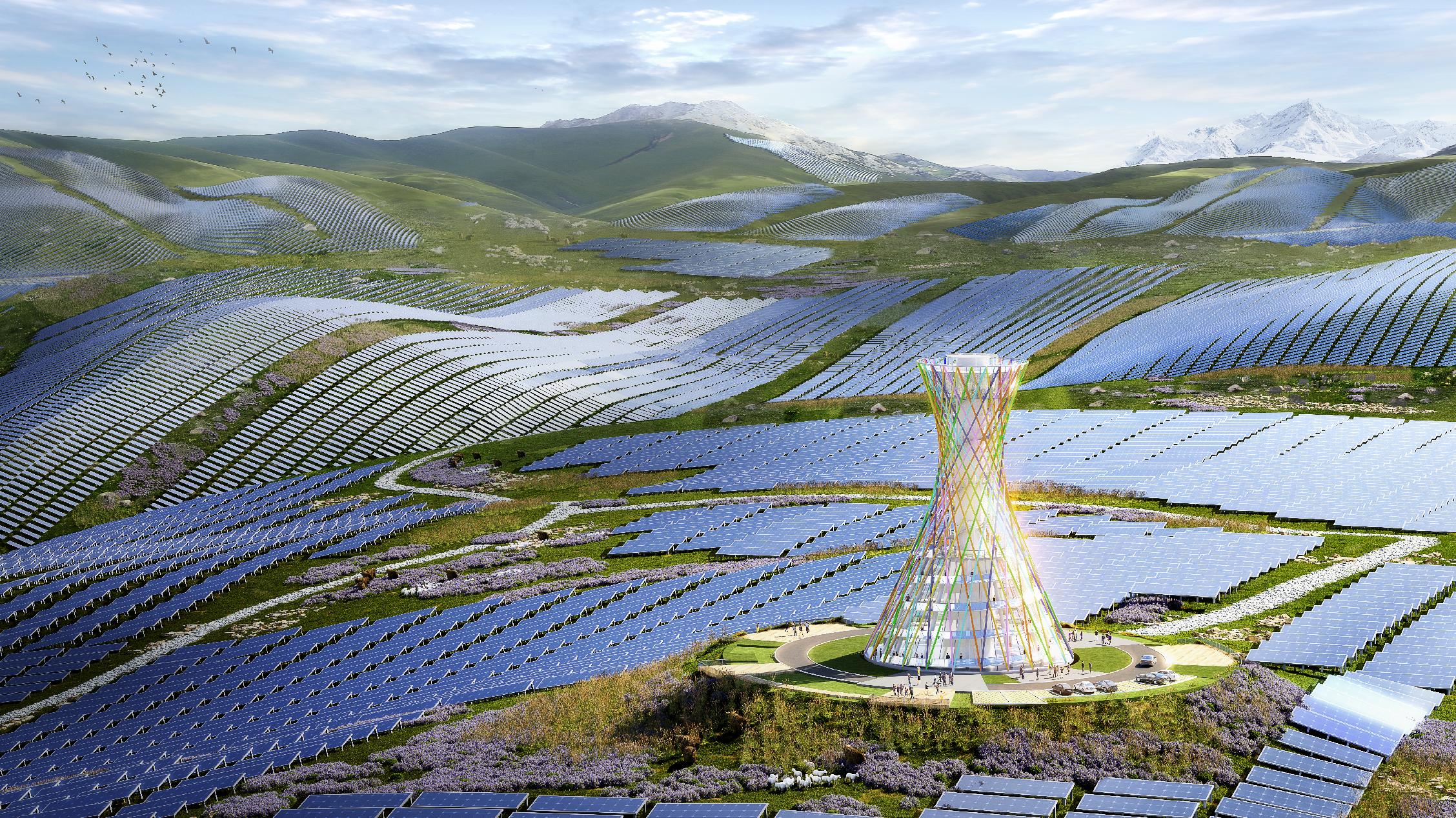
Jan . 10, 2024 16:16 Back to list
Advantages of microgrid
The traditional electricity grid is in need of a major upgrade. Designed decades ago, it was primarily built to transport electricity from large power plants that burned coal and natural gas. However, with the rapid growth of renewable energy sources, such as wind and solar farms, as well as individual homes and businesses generating their own power, the grid needs to adapt. In order to take full advantage of the progress made in carbon-free energy and to pave the way for a future dominated by clean energy, the grid must undergo a significant overhaul. This means not only connecting to more carbon-free energy sources but also making the grid more reliable and resilient, especially in times of disruptions or disasters when power supply to essential sites like hospitals and military facilities is crucial.
Fortunately, technology is rapidly driving the transition to smart grids, which have the potential to meet all three challenges. However, they also introduce new challenges to grid security, reliability, and load management. This is where Intel®-based platform solutions that utilize Internet of Things (IoT) technologies like artificial intelligence (AI), machine learning, and Big Data come into play. These technologies provide the necessary tools such as analytics and automatic control to manage the increasing number of new energy assets in the grid.
One particular advancement in the grid is the integration of massive conventional grids with low-voltage microgrids. Microgrids, which are small-scale, local energy systems, have the ability to disconnect from the traditional utility grid and operate independently. This means that during grid repairs or emergencies that cause widespread power outages, microgrids can serve as sophisticated backup power systems. With no large infrastructure to maintain or repair, microgrids are also better equipped to withstand storms or natural disasters.
Microgrids also have the capability to integrate various distributed energy resources (DER) into the grid, including clean energy sources. As wind and solar power output varies with weather and time of day, it is useful to have the ability to draw power from these sources when they are available, while also having other options when they are not. This allows microgrids to balance the need for reliable energy with the goal of reducing carbon emissions.

Current microgrid technology is relatively simple, consisting of a few key elements. Similar to traditional grids, energy generation is at the heart of a microgrid system. This can range from diesel generators and batteries, the most common sources currently, to renewable resources such as solar panels, wind farms, fuel cells, or other sources of clean energy. The point of common coupling (PCC) is where a microgrid connects to the main grid. In connected mode, the two systems operate in parallel, with the PCC maintaining equal voltage levels in both. The PCC also allows the microgrid to import and export electricity from the main grid in response to price signals, utilizing energy storage mechanisms such as batteries. In the event of a problem with the main grid, a switch can disconnect the microgrid, allowing it to operate in island mode and provide enough power to serve critical customer loads, even if the main grid is offline. AI software with machine learning capabilities continuously optimizes this process.
The use of IoT products in the grid can make it smarter, safer, more secure, and more reliable, all while reducing costs for customers. With Intel® architecture-based platforms, utilities can identify performance issues to keep voltage and current at steady levels. Smart meters and sensors embedded in power lines can help prevent power outages, while monitoring and predictive maintenance solutions for transformers and pumps reduce risk and cost.
Microgrid projects have a wide range of applications depending on the situation and scale. A campus microgrid, for example, serves a single user such as a university, hospital, prison, or industrial facility. Community and district microgrids serve multiple customers and are fully integrated into the local energy grid. On the other end of the scale, a nanogrid can supply a single building with energy storage systerm. "Off-grid" energy systems are entirely disconnected from local utility networks and are useful in remote sites, islands, or places where it is technically or economically unfeasible to establish a point of common coupling.
By addressing a variety of drivers, microgrid projects offer numerous benefits. For utilities, microgrids help optimize the grid and provide ancillary services. They also provide uninterrupted electricity for military installations. Furthermore, microgrids offer developing countries and isolated communities an alternative to expensive and polluting fuels.
In conclusion, the traditional electricity grid must undergo a significant upgrade to accommodate the increasing amount of renewable energy sources and to ensure reliable and resilient power supply, especially during disruptions or disasters. Smart grids, driven by technology and IoT solutions, provide the necessary tools to tackle these challenges. The integration of conventional grids with low-voltage microgrids allows for flexibility, efficiency, and the integration of distributed energy resources. With the help of AI, machine learning, and analytics, microgrids can balance the need for reliable energy while reducing carbon emissions. By utilizing Intel®-based platform solutions, the grid becomes smarter, safer, and more reliable, benefiting customers while lowering costs. Microgrid projects offer a range of applications and benefits, from supplying individual buildings to serving entire communities and providing a clean energy alternative for developing countries and isolated communities.
Related products:
Self-Cooling-PW-164 Outdoor Distributed Energy Storage Cabinet- Power Type
Will be removed if infringing
Reference website:https://www.intel.com
-
Stackable Battery System: Revolutionizing C&I Energy Storage with Suzhou ACDC
NewsJul.21,2025
-
Revolutionizing EV Charging with Suzhou DC Quick Charging Stations Solutions
NewsJul.21,2025
-
Revolutionize Your Power Needs with Suzhou ACDC's Portable Power Station Solutions
NewsJul.21,2025
-
Outdoor Integrated Temperature Control Cabinet: Elevating Energy Storage Cabinet Efficiency
NewsJul.21,2025
-
Container Type Energy Storage System: Revolutionizing Energy Storage with Stackable Battery Solutions
NewsJul.21,2025
-
Advanced Self-Cooling Energy Storage Cabinet Solutions
NewsJul.21,2025























